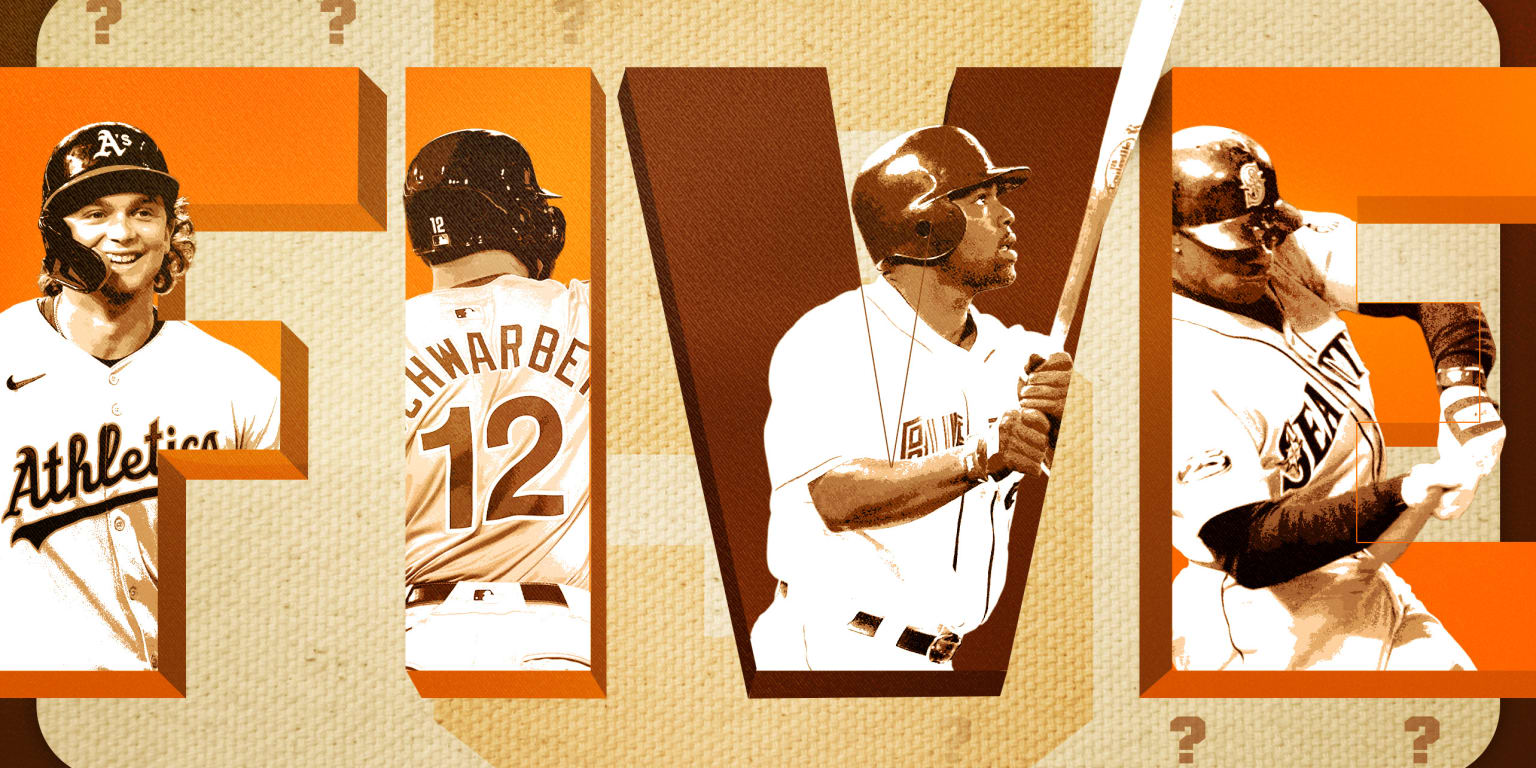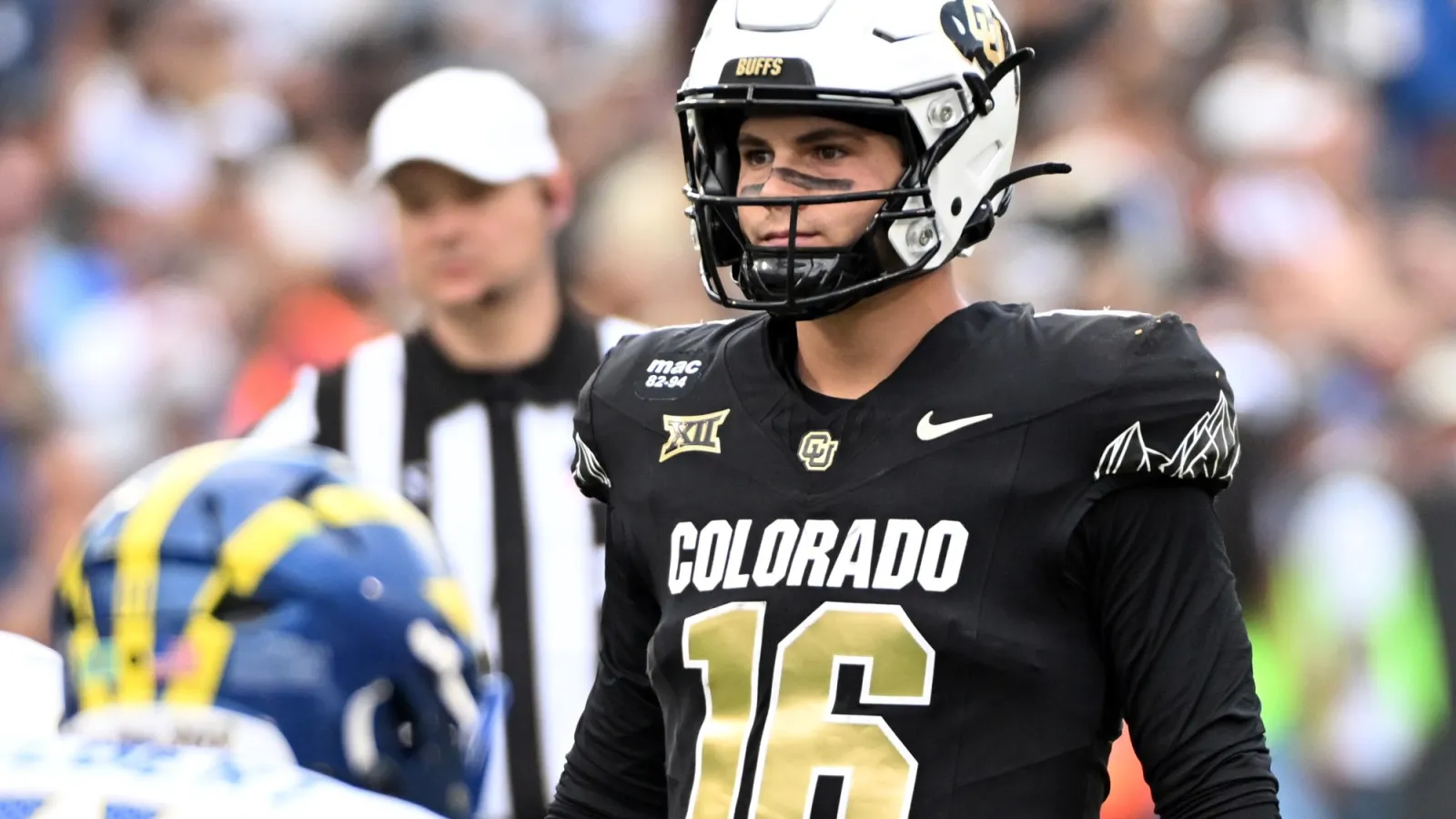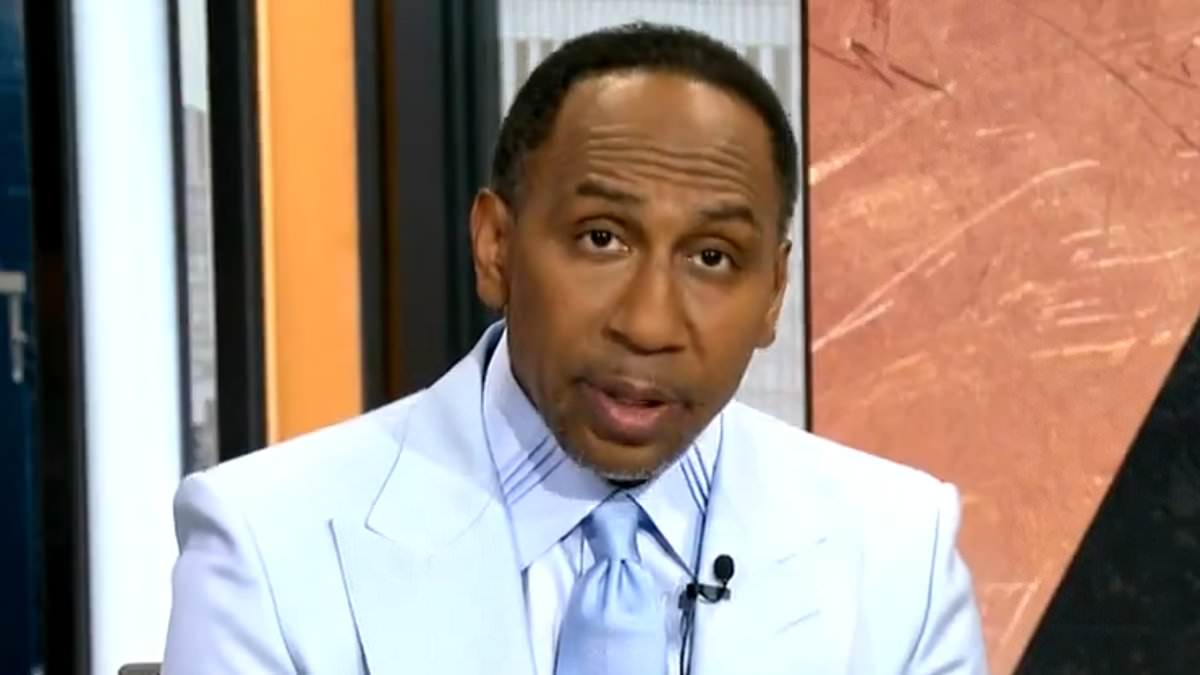
The Phillies had a 19-4 lead on the Braves in the eighth inning, so the outcome was not in doubt. But with his sixth at-bat of an epic evening, Schwarber had a chance to do something outrageous.
This 2025 season has been the Year of the Four-Homer Game. Schwarber did it that night. Eugenio Suárez, now with the Mariners, did it for the Diamondbacks in an April 26 loss to the Braves. And A’s rookie Nick Kurtz did it in an incredible 6-for-6 night in a July 25 win in Houston.
It is the first time in MLB history in which three players have had a four-homer game in a single season, which is pretty darn cool — especially since we hadn’t even had a single four-homer game in a season since 2017.
He had hit a leadoff blast in the first inning, flied out in the second, cranked a two-run shot in the fourth, smacked a three-run dinger in the fifth and connected on yet another three-run homer in the seventh.
This put Schwarber in extremely rare company. Though he was the 21st MLB player to hit four homers in a game and the 19th of those players to have more than four plate appearances in that game, Schwarber was actually only the fourth player ever to make a trip to the plate with four homers already in the bag, per the Elias Sports Bureau.
Lou Gehrig, Yankees, June 3, 1932 (Yankees 20, Athletics 13): Hit what was estimated to be a 460-foot fly ball to center field that was caught in front of the wall by Al Simmons in the deepest part of Shibe Park.
Mike Cameron, Mariners, May 2, 2002 (Mariners 15, White Sox 4): Actually had two plate appearances while sitting on four. He was plunked by a pitch in the seventh inning. In the ninth, he hit a long fly ball to right-center that was snagged on the run in front of the wall by Jeff Liefer.
“If it hadn’t have been so cold — and I hit it more on a line-drive level — I legitimately had a shot,” Cameron says now. “Because I hit it hard. I didn’t know if I got it up high enough. And when the cold settles in, in Chicago in May, it’s not a good feeling, because it was cold all night that night.”
But Schwarber had something they did not have — a position player on the mound, with the Braves having thrown utilityman Vidal Bruján to the wolves.
It seemed if ever a player was going to hit five homers in a game, this was the moment.
“I shouldn’t have even asked the question,” Schwarber would say later. “I was in the cage and I was like, ‘How many guys have hit five?’ And no one said anything, so I was like, ‘Oh, OK, well that answers the question.’”
Many miles away, with his team idle that night, Suárez, who didn’t get the chance to bat a fifth time in his four-homer game, tuned in closely, rooting for Schwarber to hit No. 5.
To his credit, Schwarber didn’t chase. He let the first pitch fly high for a ball. And then he took his swing at history on the second, a pitch over the heart of the plate.
“I don’t think I’d really change anything that I did there in that at-bat,” Schwarber said, “except maybe raise my bat up a little bit more and hit the ball a little more square.”
It’s fascinating, though. In a player population that is always evolving, always striving for more and for better, always pushing the limits of what the human body can accomplish, the four-homer precedent set by Lowe, an obscure 19th-century second baseman who hit all of 71 homers in his 18-season career, has proven, so far, to be an unbreakable threshold.
“The chance for a four-homer game, with four times at bat, is straightforward,” Tango writes in an email. “For a normal batter, who gets .03 homers per plate appearance, that’s simply .03 to the power of 4. If you take the reciprocal of that number, you get 1,234,567 to 1. So a million-to-one shot.”
If we do some back-of-the-napkin math, there have been roughly 250,000 games played in MLB history, with 18 batters per game, which means about 4.5 million batters.
Using Tango’s estimates, this would give us an expectation of at least four games in which a player goes 4-for-4 with four homers.
“Power hitters are more likely to hit a home run,” Tango continues. “So let’s give those players, say, 0.05 home runs per plate appearance. That brings us all the way down to 160,000 to 1. While we may have had four million batters, we would have had much fewer power hitters. Let’s say that’s 0.5 million. So, that gives us about three power hitters who went 4-for-4 on homers.”
Indeed, a 4-for-4, four-homer game has happened exactly three times — by Cleveland slugger Rocky Colavito on June 10, 1959, by Toronto first baseman Carlos Delgado on Sept. 25, 2003, and by Suárez this year.
“Going 5-for-5, for a power hitter, is going to be .05 to the power of five, or one in 3.2 million,” Tango wrote.
If you’re following along (and we sure hope we haven’t lost you), that means you are way more likely to see an average hitter go 4-for-4 with four homers (a one-in-1.2-million shot) than you are to see a power hitter go 5-for-5 with five homers (a one-in-3.2-million shot).
Obviously, the above does not account for other possibilities, like a power hitter coming to the plate six times, a la Schwarber. If we spend too much time getting bogged down in the numbers, we might miss the next four-homer game.
But the bottom line is that, using Tango’s admittedly rough estimates of the number of power hitters, the one-in-3.2-million shot of a power hitter going 5-for-5 with five homers and the current number of teams in MLB, we should expect to see a 5-for-5, five-homer performance about once every 658 years.
MLB has “only” been around for 150 years, which means we could have another 508 years to go.
Of course, that’s only accounting for the 5-for-5 possibility. Not 5-for-6 or 5-for-7. And an expansion in the number of teams, which would presumably dilute the quality of the pitching pool, would improve those odds for those of us who want to see a five-homer game.
But our head already hurts, so let’s talk about the X-factor that could mess up Tango’s math in a good and more immediate way:
See, the fun thing about having a player on your team hit four homers in a game is you usually win the game (Suárez’s performance this season marked only the third time a player has hit four homers in a loss).
What we’ve seen in 2025 is the propensity for teams to use a position player in a blowout game, rather than tax one of their relievers. Position players are allowed to pitch in extra innings, at any point when the team is trailing by at least eight runs or in the ninth inning when the team is winning by at least 10 runs.
As you can see, the percentage of relief appearances made by position players in nine-inning games has reached a new height this season. And barring another rule change, this trend does not figure to abate in an era in which teams are so mindful of the toll of relief work.
“Anything’s possible in today’s game,” says Cameron, “because of the way they go about certain aspects of when they just kind of give up a game to save the pitching for the rest of the series or that particular day. So it very well could be possible [to hit five homers]. We may see it tonight.”
The mental block is something the player vying for five home runs would have to overcome to achieve that to-this-point unachievable feat. It would only be natural to try to swing for the fences in such a situation, and sometimes swinging for the fences is actually the worst way to try to put one over the fence.
But maybe someday, with the right might and the right matchup, a player will break through that fourth wall and go where no homer hitter has gone before. The spate of position players pitching keeps the hope for five alive.



